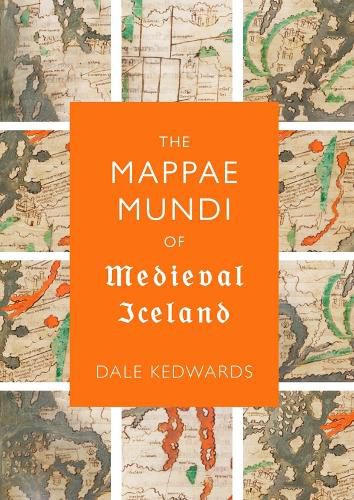Readings Newsletter
Become a Readings Member to make your shopping experience even easier.
Sign in or sign up for free!
You’re not far away from qualifying for FREE standard shipping within Australia
You’ve qualified for FREE standard shipping within Australia
The cart is loading…






The Icelandic mappae mundi (maps of the world), drawn between c. 1225 and c. 1400, are contemporary with the breathtaking rise of its vernacular literary culture, and provide important insights into the Icelanders’ capacious geographical awareness in the thirteenth and fourteenth centuries. However, in comparison with those drawn elsewhere, among them the English Hereford mappa mundi, they have received little critical attention.
This book explores the Icelandic mappae mundi not only for what they reveal about the Icelanders’ geographical awareness, but as complex registers of Icelandic national self-perception and imagining, situating them in their various literary, intellectual, and material contexts. It reveals fully how Icelanders used the cartographic medium to explore fantasies of national origin, their political structures, and place in Europe. The small canon of Icelandic world maps is reproduced here photographically, with their texts presented alongside English translations to enable a wider understanding.
$9.00 standard shipping within Australia
FREE standard shipping within Australia for orders over $100.00
Express & International shipping calculated at checkout
The Icelandic mappae mundi (maps of the world), drawn between c. 1225 and c. 1400, are contemporary with the breathtaking rise of its vernacular literary culture, and provide important insights into the Icelanders’ capacious geographical awareness in the thirteenth and fourteenth centuries. However, in comparison with those drawn elsewhere, among them the English Hereford mappa mundi, they have received little critical attention.
This book explores the Icelandic mappae mundi not only for what they reveal about the Icelanders’ geographical awareness, but as complex registers of Icelandic national self-perception and imagining, situating them in their various literary, intellectual, and material contexts. It reveals fully how Icelanders used the cartographic medium to explore fantasies of national origin, their political structures, and place in Europe. The small canon of Icelandic world maps is reproduced here photographically, with their texts presented alongside English translations to enable a wider understanding.